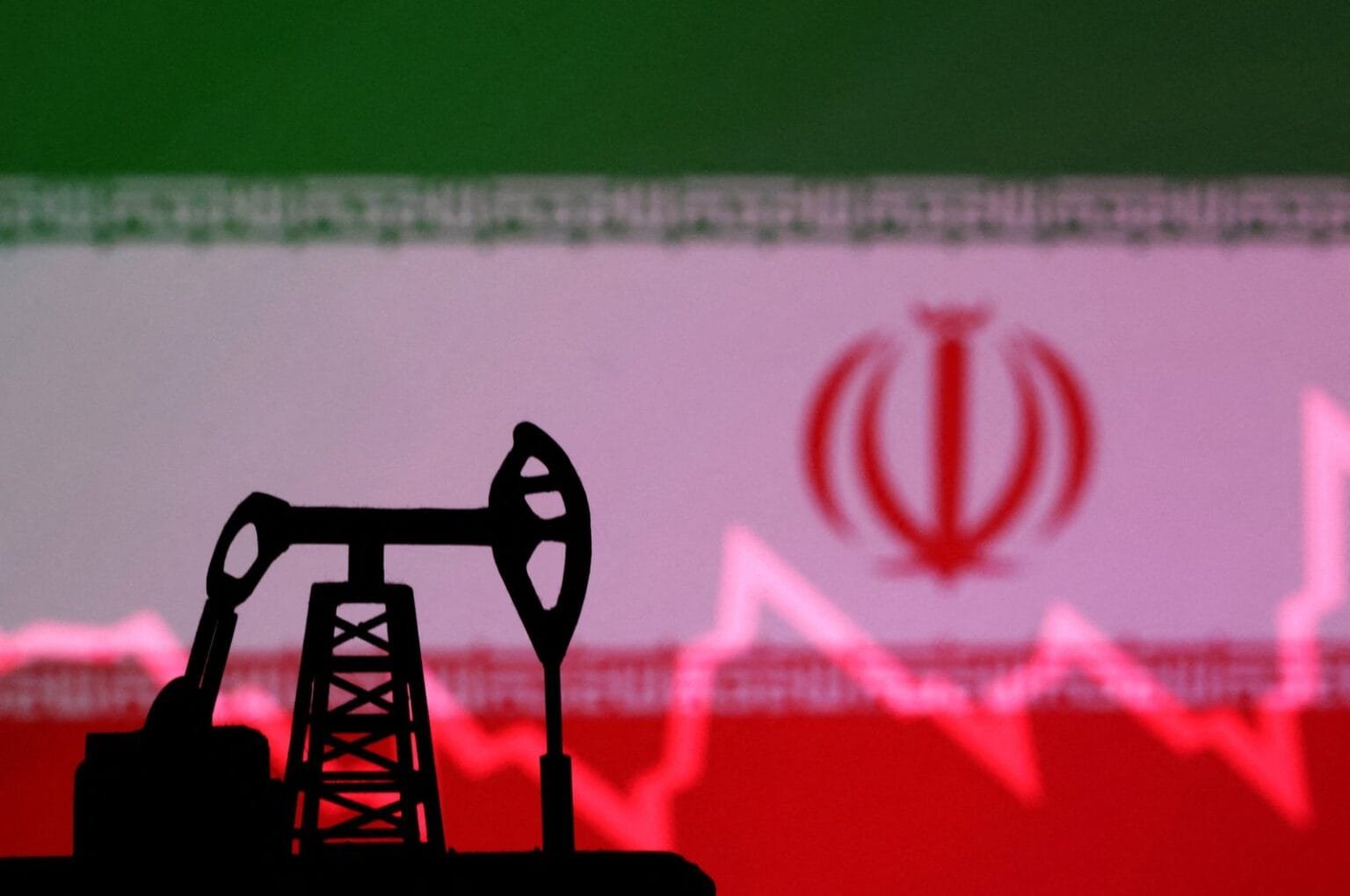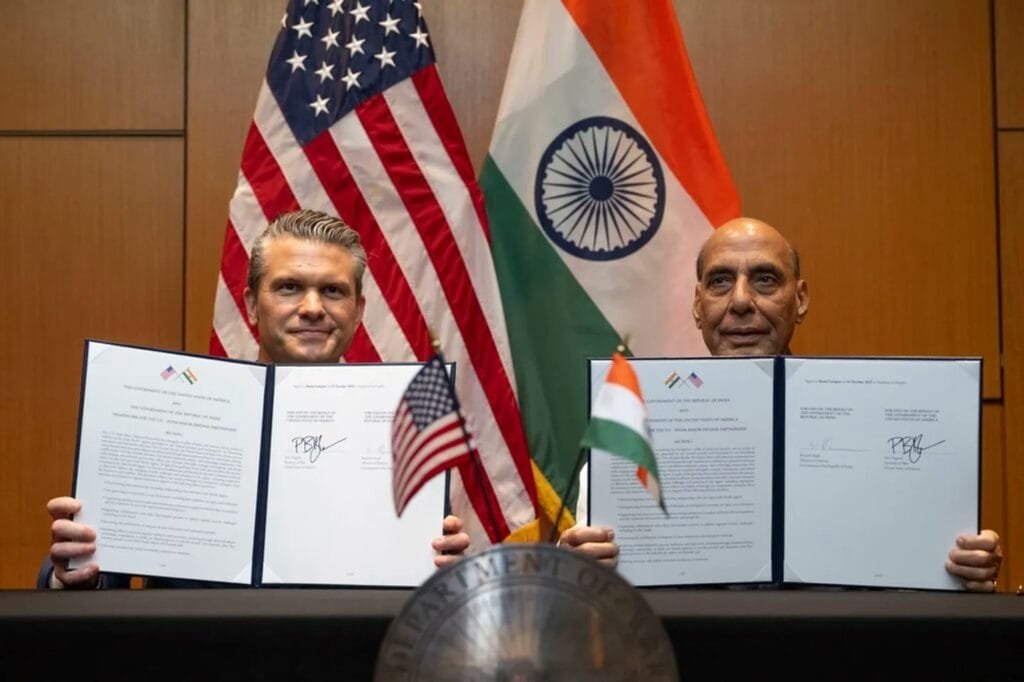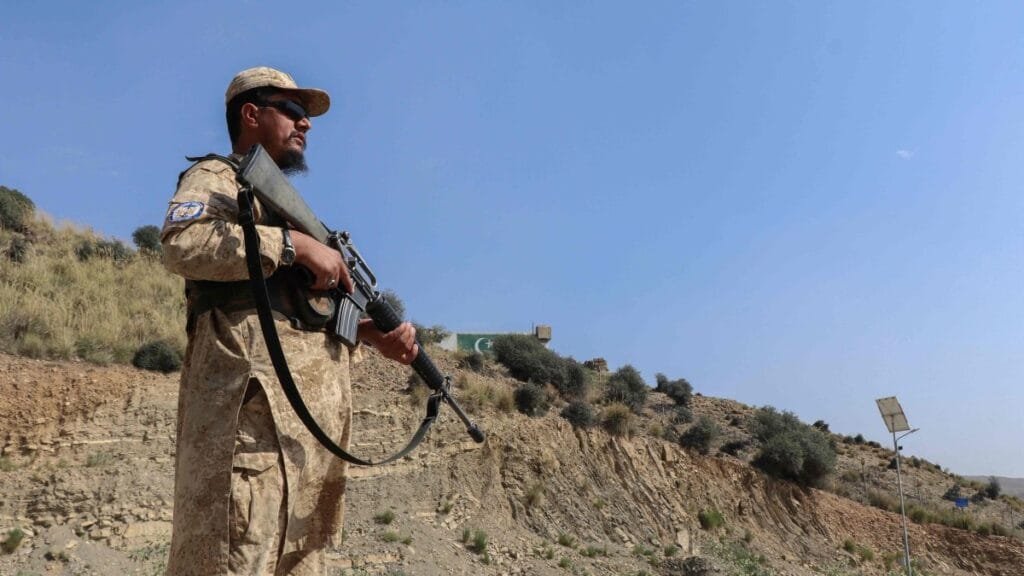Iran and China have quietly built a barter-style trade network that lets Tehran keep exporting oil to Beijing despite sweeping U.S. sanctions, with Chinese firms delivering infrastructure in Iran instead of straight cash. According to a Wall Street Journal report citing Western officials, Tehran sends crude oil—often moved via obscure shipping routes and intermediaries—to China, where insurance provider Sinosure and a secretive finance firm called Chuxin help channel payments into Chinese-built airports, refineries and other public works.
This mechanism has reportedly handled around $8.4 billion in oil-for-infrastructure deals in 2024 alone, and China has committed about $25 billion in such projects to Iran since the early 2000s. Iranian oil is sold through Chinese buyers like Zhuhai Zhenrong, while shipments are masked by complex logistics—such as vessel reflagging, ship-to-ship transfers, turning off tracking systems, and using front companies—all to avoid detection and bypass the banking systems controlled by U.S. sanctions.
Despite the sanctions, oil exports to China have not just persisted but in some months surged. Recent figures show Iran sending around 1.7 to 1.8 million barrels per day of crude to China, over 20% above its 2024 average, according to shipping-monitoring firms. But Tehran often has to offer steep discounts—sometimes $2–$5 per barrel or more—to make the trade viable under risk.
The scheme gives Iran a lifeline for revenue, especially for its state institutions like the IRGC, which reportedly benefits from proceeds of these exports. For the U.S., efforts to clamp down—through sanctions on vessels, refiners (“teapot” refineries), and shadow shipping networks—have had some effect but have so far fallen short of cutting off the flow entirely.





